Growth of the Aftermarket Segment
The automotive charge-air-cooler market is witnessing notable growth in the aftermarket segment, driven by an increasing number of vehicle modifications and upgrades. Enthusiasts and performance-oriented consumers are increasingly seeking aftermarket charge-air-cooler solutions to enhance their vehicles' performance. This trend is particularly pronounced in the tuning and modification community, where the demand for high-performance components is on the rise. Market analysis suggests that the aftermarket segment could grow at a CAGR of around 5% over the next few years. This growth is likely to be fueled by the availability of a wide range of aftermarket charge-air-coolers designed to meet specific performance needs. As a result, the automotive charge-air-cooler market is expected to benefit from this trend, as manufacturers and suppliers cater to the evolving preferences of consumers in the aftermarket space.
Rising Fuel Prices and Consumer Awareness
The automotive charge-air-cooler market is being propelled by rising fuel prices and increasing consumer awareness regarding fuel efficiency. As fuel costs continue to escalate, consumers are becoming more discerning about the efficiency of their vehicles. This shift in consumer behavior is prompting manufacturers to focus on developing vehicles equipped with advanced charge-air-cooler systems that enhance engine performance and fuel economy. Reports indicate that vehicles with optimized charge-air-coolers can achieve fuel efficiency improvements of up to 15%. Consequently, the automotive charge-air-cooler market is likely to expand as manufacturers respond to consumer demand for more fuel-efficient vehicles. This trend underscores the importance of charge-air-cooler technology in meeting the evolving expectations of consumers in an increasingly cost-sensitive market.
Technological Innovations in Engine Design
The automotive charge-air-cooler market is benefiting from ongoing technological innovations in engine design. As manufacturers strive to enhance engine performance and efficiency, the integration of advanced charge-air-cooler systems has become increasingly prevalent. Innovations such as variable geometry turbochargers and advanced materials are enabling more efficient heat exchange and improved performance. The market is projected to grow at a rate of approximately 7% over the next few years, driven by these technological advancements. Furthermore, the development of lightweight and compact charge-air-coolers is allowing for greater flexibility in engine design, which is particularly appealing to manufacturers looking to optimize space and weight in their vehicles. This trend indicates a promising future for the automotive charge-air-cooler market as it adapts to the evolving landscape of engine technology.
Regulatory Compliance and Emission Standards
The automotive charge-air-cooler market is significantly influenced by stringent regulatory compliance and emission standards imposed by government agencies. In the US, the Environmental Protection Agency (EPA) has established rigorous guidelines aimed at reducing vehicle emissions. As a result, automotive manufacturers are compelled to adopt technologies that enhance engine efficiency and reduce emissions. Charge-air-coolers play a crucial role in this context by improving the thermal efficiency of turbocharged engines, thereby contributing to lower emissions. The market is expected to witness a growth rate of around 6% annually as manufacturers increasingly integrate charge-air-cooler systems to comply with these regulations. This trend not only drives innovation in cooling technologies but also positions the automotive charge-air-cooler market as a vital component in the broader effort to achieve sustainability in the automotive sector.
Increasing Demand for High-Performance Vehicles
The automotive charge-air-cooler market is experiencing a surge in demand driven by the increasing popularity of high-performance vehicles. Consumers are increasingly seeking vehicles that offer enhanced power and efficiency, leading manufacturers to incorporate advanced charge-air-cooler systems. This trend is particularly evident in the sports car and luxury vehicle segments, where performance specifications are paramount. According to industry reports, the high-performance vehicle segment is projected to grow at a CAGR of approximately 8% over the next five years. This growth is likely to stimulate further innovation in charge-air-cooler technology, as manufacturers strive to meet consumer expectations for performance and efficiency. Consequently, the automotive charge-air-cooler market is positioned to benefit significantly from this trend, as more manufacturers invest in advanced cooling solutions to enhance engine performance.


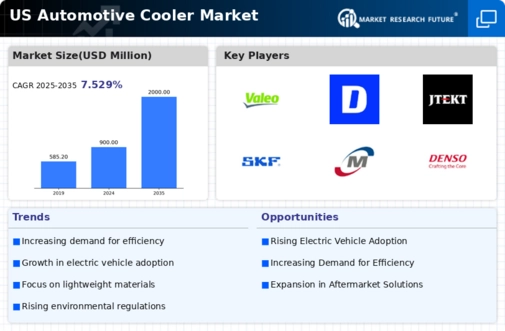
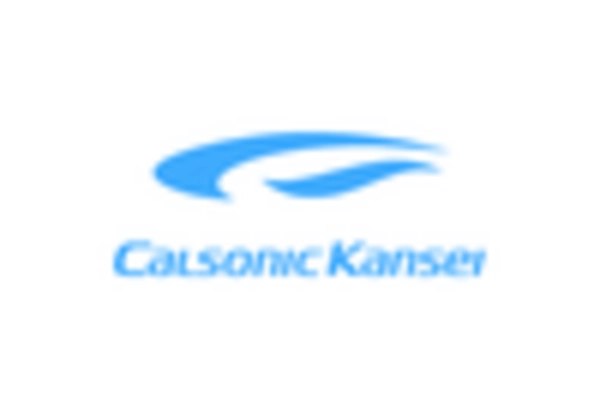
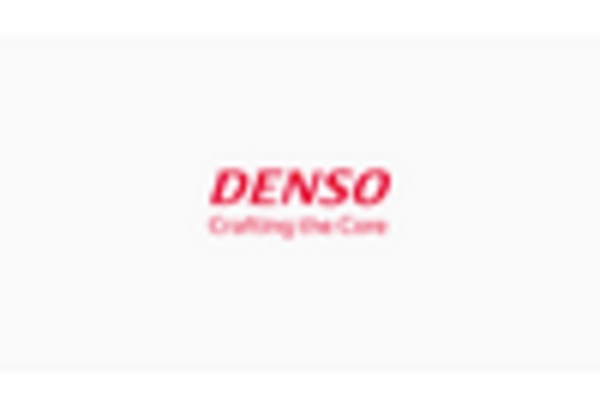

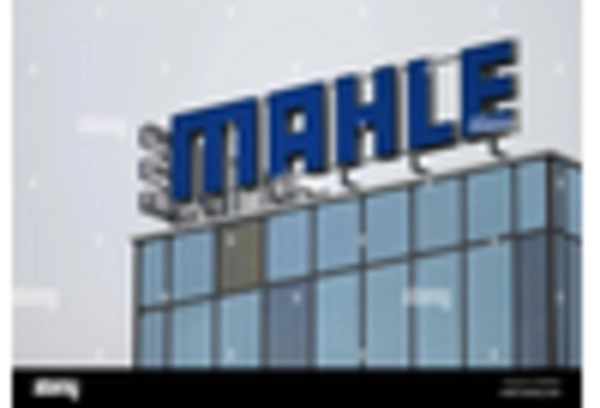
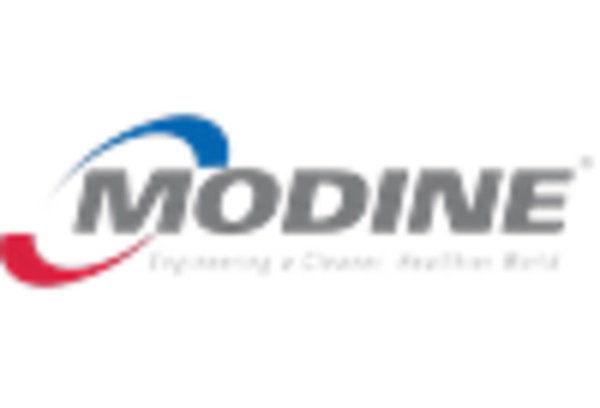
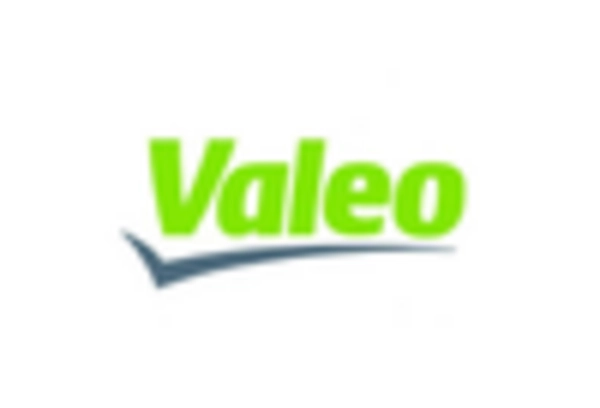








Leave a Comment